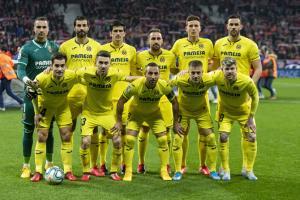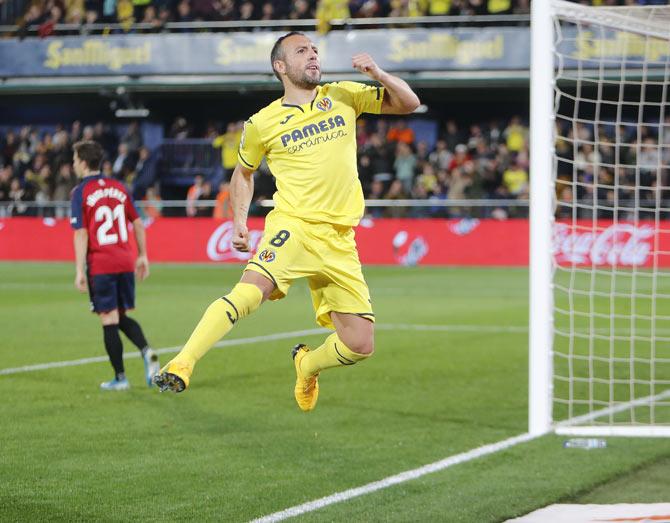Ever wondered how Villareal came to be known as the Yellow Submarine? Or when they adopted their famous all-yellow strip? Hereu00e2u0080u0099s a look at the stories behind one of LaLigau00e2u0080u0099s most distinctive clubs

The club’s famous nickname
ADVERTISEMENT
The origins behind the club’s El Submarino Amarillo nickname – the ‘Yellow Submarine’ in English – are twofold. One is the striking yellow of the team’s kit; the other, the fact that their fans started singing a Spanish cover of The Beatles’ popular song of the same name to celebrate promotion from the fourth to the third tier back in 1967, just one year after the song was released by the iconic band from Liverpool. The nickname has stuck ever since.
Two different names
Interestingly, the official name of the football club and the official name of the city it plays in are different. The club’s name uses the Spanish-language spelling ‘Villarreal,’ while the city is officially known as Vila-real in the local Valencian language. The meaning? “Royal Town,” a nod to its foundation by King James I of Aragon back in 1274.
The most unique color kit in LaLiga

Villarreal are perhaps the brightest team in all of LaLiga with their all-yellow strip. But they actually started out playing in black and white, rather like the kits their local rivals Valencia CF wear today. It wasn’t until 1946 that they adopted the yellow colors, though they kept up the black shorts at first before switching to blue shorts and then yellow shorts as recently as 2005.
An evolving badge
Villarreal’s very first badge was very different to its current form. Originally black and white, like their strip, the club eventually adopting the yellow and red stripes of the Valencian Community’s flag. The current version of the badge, featuring the club’s initials (VCF), a crown and blue background has in use since 1966 with just a few minor tweaks along the way.
Groguet, one of LaLiga’s first mascots
The club’s mascot, Groguet (“Yellow” in Valencian) is a Submarine and actually one of the oldest mascots in LaLiga having made its ‘debut’ back in October 2001. It was named by a local 12-old-boy from the city named Javier Fuster Almela. How many kids his age have the chance to leave their mark on their hometown club?
A historic stadium almost a century old
The club’s Estadio de la Ceramica ground is actually the second oldest in LaLiga’s top flight, behind Mestalla in neighbouring Valencia. Inaugurated back in June 1923 and originally known as the Camp del Villarreal, the opening match didn’t actually feature Villarreal, instead pitting together CD Castellon and SD Cervantes CF.
A modern anthem
Villarreal’s official club anthem is actually quite new, only coming into being in 1998 after the arrival of current president Fernando Roig and the team’s first ever promotion to LaLiga Santander, Spanish football’s top flight. Season ticket holder Antonio Pitarch wrote the words and local councilman Alfredo Sanz composed the music. In 2008, rock and synth versions were also created.
Catch up on all the latest sports news and updates here. Also download the new mid-day Android and iOS apps to get latest updates
 Subscribe today by clicking the link and stay updated with the latest news!" Click here!
Subscribe today by clicking the link and stay updated with the latest news!" Click here!






